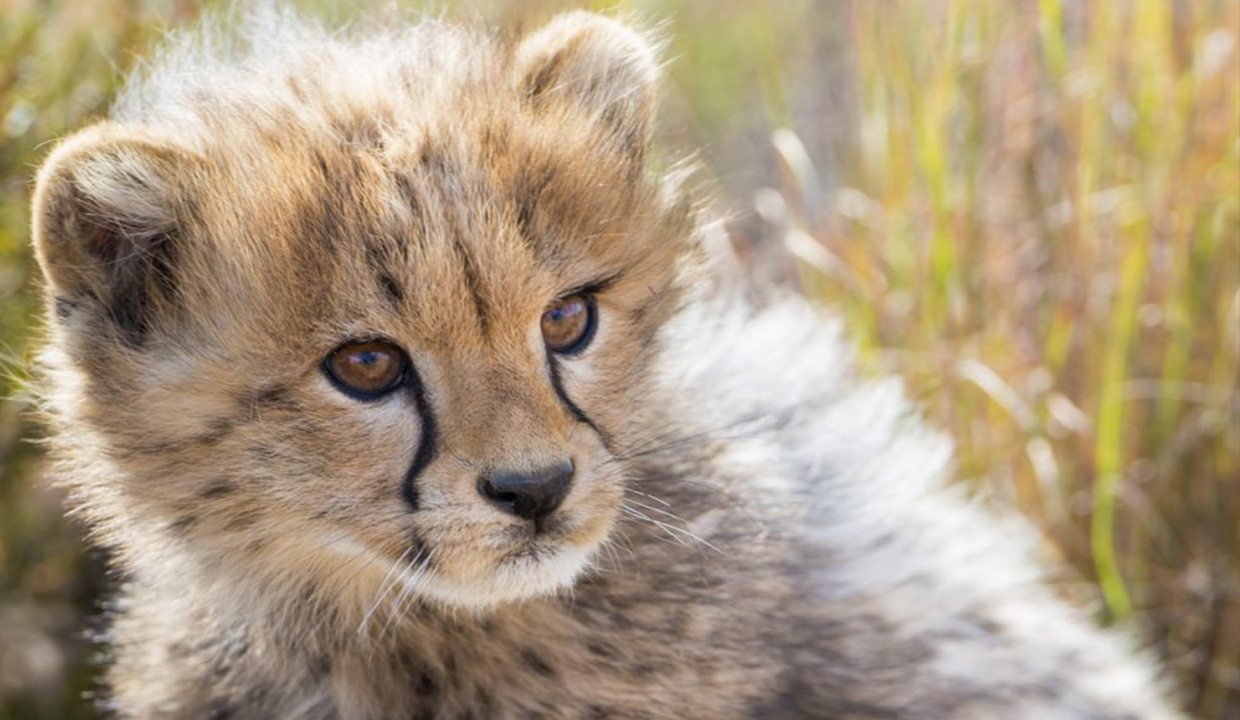
Photography Tips: The Golden Hour
Paying attention to the quality of light is perhaps the single most important step to improve your photography. Natural lighting can be more important to a brilliant photo, than the choice of the subject. Different types of light produce a wide variety of subject appearances — even when only using the sun as a source of light. The Golden Hour is also known as the Magic Hour. It’s the last hour before sunset and the first hour after sunrise. These times provide the perfect light to capture stunning photos.
Mid-day sunlight is primarily comprised of direct, downward sunlight. Such light has little chance to scatter and diffuse through the atmosphere or to bounce off the ground and illuminate the subject indirectly. This is typically the least desirable type of natural light as it has the effect of flattening out photographs.
Colour saturation is typically lower, and that downward shadows generally don’t produce flattering portraits or make other subjects appear as three-dimensional.
Evening and mid-morning light is slightly warmer than the harsh mid-day sun, and there are noticeable shadows. Since direct light now originates from an upper side, subjects often appear much more three dimensional.
GOLDEN HOUR /MAGIC HOUR
A generous hour before sunset and the same after sunrise is known as the Golden Hour. These times are typically regarded as the most desirable light for photography. The sun casts a horizontal light that causes long shadows and gives subjects a warm, rich glow.
You’ll normally also be able to incorporate a sunset and/or a sunrise, which makes for exciting and highly varied lighting. If you are really lucky then you’ll get clouds. Clouds are rendered using sunlight that reflects off them from underneath and not above. This causes the sky to light up with a soft, warm light.
Download FREE eBook featuring 40 proven fundraising techniques to finance your next overseas experiential adventure

Here are some tips and ideas to consider when you are shooting in this time frame:
- Don’t guess when the time will be right. Look it up and also in what location exactly the sun will rise or set;
- Be prepared, so arrive early.
- Try to shoot placing the sun behind your subject. Make sure you get the glow in the picture! Move your body and subject around to try and capture the light in your photo. If you are in a game viewing vehicle- speak to the ranger! Ask him to move to the right position, if you need to.
- If you are on foot and shooting macro or people, then use a reflector if you need to. This will boost the light and also give a glint in the eyes.
- If the backlight is creating too bright a glare or is washing out your photo, look for something in the environment to shoot through and filter the sun. This is usually trees or bushes but could be buildings or fabric that you hold up.
- Use a lens hood.
- Consider adding ‘the golden hour’ later using Lightroom/Photoshop presets or actions. This is an especially handy tip if you live in a place where the golden hour is scarce.
You can also try the short time known as TWILIGHT (DAWN & DUSK)
Twilight, dawn and dusk typically describe the half-hour before sunrise or after sunset. During this time, the sky is still bright but there’s no longer any direct sunlight. The primary source of light effectively becomes the entire sky. One side appears warm and reddish and the other becomes a cool blue or purple. This can produce wonderfully soft, multicolour lighting that gives a calm, peaceful mood to subjects.
If you’d like to take practical steps to learn how to shoot in the Golden Hour, and if you’d like to shoot the Magic Hour in Africa, then please consider joining the Africa Media Academy to learn the art of Photography, while having the adventure of a lifetime. Golden hours in a game reserve are amongst one of the best experiences you’ll ever have.
Until we see you why not get out there and test it out? Make sure to tag us on Instagram@africamedia_academy We’d love to see your work and hear whether any of these tips helped you?
Blogger Profile - Fiona Ayerst
Fiona is a world renowned underwater photographer and winner of numerous awards. Passionate about documenting the underwater world, she hopes that her photos will inspire greater marine conservation efforts. She developed and oversees the Underwater Photography internship for Africa Media
Kickstart your wildlife media career!
Find your perfect wildlife media speciality program

